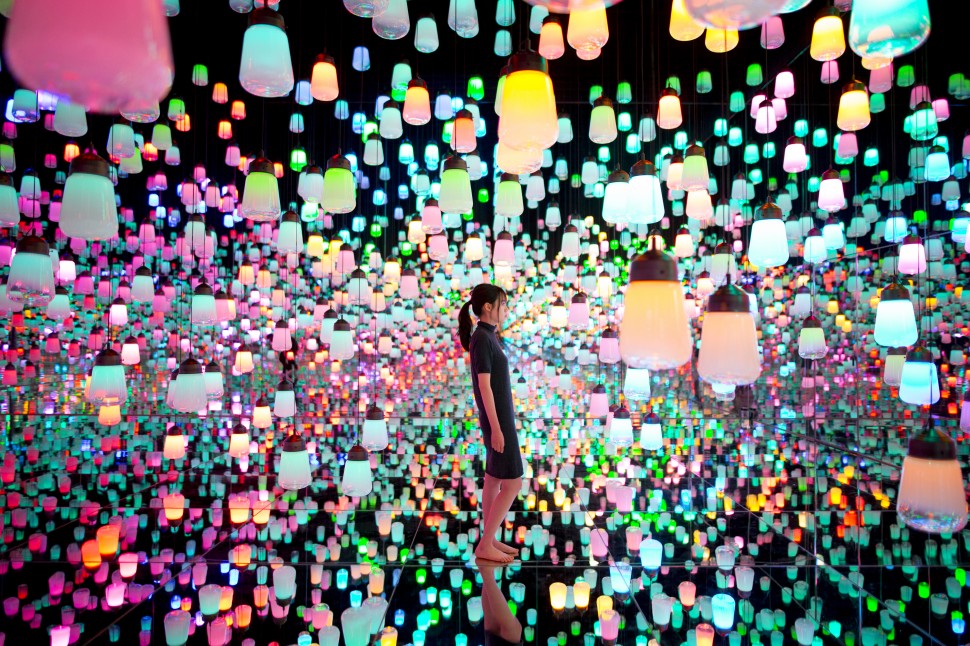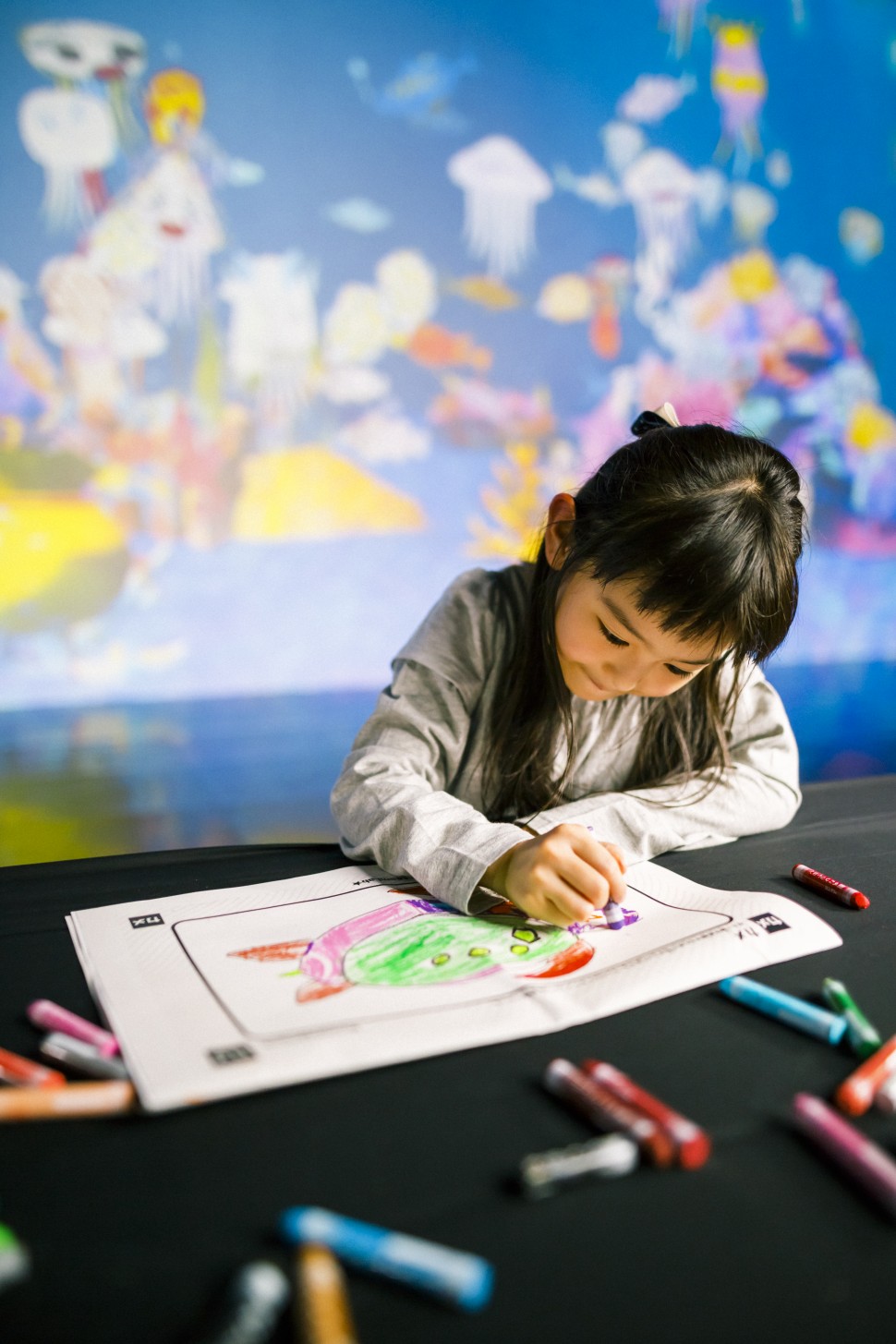Experience a new kind of interactive digital art the likes of which can’t be found anywhere else

Most fine art museums have a ground rule: look, but not touch.

Turning this concept on its head, Japan has opened the world’s first digital art museum – and it’s a feast not just for the eyes, but the senses.
Jointly developed by Mori Building Co-Ltd, a leading urban landscape developer and teamLab, a world-leading digital art collective, visitors can now immerse themselves at the MORI Building Digital Art Museum in Tokyo, where over 50 interactive artworks housed in a huge 10,000 square metre space, awaits.

Spanning five zones, each with a unique theme, the artworks and exhibits are anything but conventional.

At Borderless World, visitors are greeted with an open space where there are no borders separating the artworks from each other, with some extending beyond their installation rooms and into the corridors, or even overlapping or fusing with other works.
The idea is for visitors to immerse themselves in this fluid, digital ‘world’, experiencing continuity with others around them and forming relationships that transcends boundaries. The Way of The Sea Through The Memory of Topography, for example, immerses visitors in a ‘sea’ of luminous lights that seem as if one is walking waist deep through an ocean of bioluminescent plankton.

Over at the Athletics Forest, the focus is on understanding the world through the body and mind, and sharpening spatial awareness through a three-dimensional physical space. Scale the Light Forest Three Dimensional Bouldering where footholds are illuminated by lights in a mirror-like room, or explore Multi-Jumping Universe, where every step creates a ‘vortex’ in time and space.
Future Park encourages children to co-create their own limitless ‘worlds’ via interactive digital artworks such as the Sketch Aquarium, where they design and populate their own underwater aquarium with creative characters.

Another must-visit section is the Forest of Lamps, where lamps emit bright colours in a ‘rippling’ effect, which eventually spreads to other nearby lamps, in response to the interaction between a person and a lamp. If a different light emerges from another part of the room, this means that there is another person in the room, making visitors aware of the presence of others.

Due to the nature of the art, visitors can expect continually changing exhibits that are completely different each time they stop by the museum.









